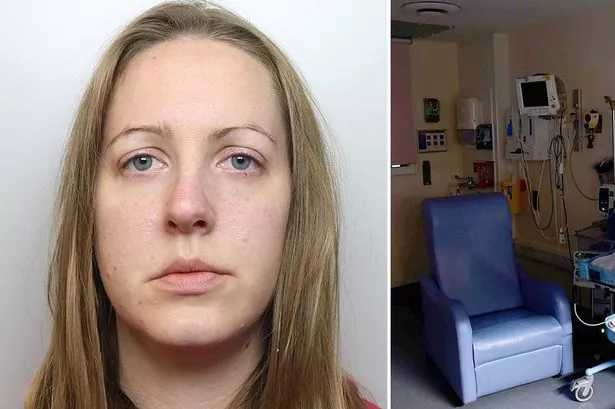The conviction of Lucy Letby for the murders of seven infants and the attempted murders of six others at the Countess of Chester Hospital has sparked intense debate and controversy, particularly in light of a claim by a panel of experts that her convictions represent “one of the major injustices of modern times.” This claim clashes starkly with the emotional responses of the victims’ families, including the mother of a baby boy whom Letby was convicted of attempting to kill, who vehemently rejects the notion of a miscarriage of justice. Understanding the complexities of this case requires a detailed examination of the arguments presented by both sides.
The panel of experts, comprised of individuals with backgrounds in medicine, law, and statistics, argue that the evidence presented against Letby was circumstantial and insufficient to warrant conviction. They point to the absence of direct eyewitness testimony or a clear motive, suggesting that Letby was made a scapegoat for systemic failures within the neonatal unit. They emphasize the statistical improbability of one nurse being responsible for such a high number of deaths and incidents and raise concerns about potential contamination of evidence and the influence of media coverage on the trial. Furthermore, they contend that the prosecution’s reliance on statistical correlations and the “bad character” evidence presented lacked the robustness required for convictions carrying such severe consequences.
Conversely, the mother of Baby P, a child the jury believed Ms. Letby attempted to kill, refutes these assertions. Her deeply personal and emotional testimony speaks to the devastating impact of Letby’s actions on her child and her conviction in the nurse’s guilt. She cites specific incidents related to her son’s care where Ms Letby was involved and highlights the inexplicable decline in his health that occurred, which she believes Ms. Letby instigated. Her narrative, rooted in the direct experience of a mother witnessing her child’s struggle, presents a powerful counterpoint to the abstract arguments presented by the expert panel. She expresses outrage at the suggestion that Letby is a victim of injustice and emphasizes the devastating consequences for the families whose children were harmed.
The prosecution’s case rested on a combination of circumstantial evidence, including medical records, witness testimony from colleagues, and Letby’s own handwritten notes. They argued that Letby’s presence during these critical incidents, coupled with the unusual nature of the babies’ collapses and the methods used in the alleged attacks, created a pattern pointing towards her guilt. The prosecution also presented evidence suggesting that Letby enjoyed the attention and drama surrounding the emergencies, potentially suggesting a motivation for her actions. The jury, after careful consideration of all the evidence presented, ultimately found Letby guilty.
The core disagreement between the expert panel and those who support the convictions lies in the interpretation of the available evidence. The panel emphasizes the lack of direct proof and the potential for alternative explanations, while the prosecution and the victims’ families focus on the patterns, the circumstantial evidence, and the testimony of medical professionals who observed the infants’ deterioration. The case highlights the inherent difficulties in proving guilt beyond a reasonable doubt when relying on circumstantial evidence, particularly in complex medical situations where multiple factors can contribute to adverse outcomes.
The Letby case continues to generate significant public interest and debate, prompting reflections on the legal standards of proof, the role of expert testimony, and the impact of media coverage on high-profile criminal trials. The strong opposition between the expert panel’s claims and the heartfelt testimony of the victims’ families underscores the deeply personal and emotional dimensions of the case, highlighting the challenges in achieving a universally accepted understanding of justice in such emotionally charged circumstances. The ongoing discussion surrounding this case may lead to further examination of the legal processes surrounding complex criminal investigations and prosecutions, particularly those involving medical malpractice and infant deaths.














